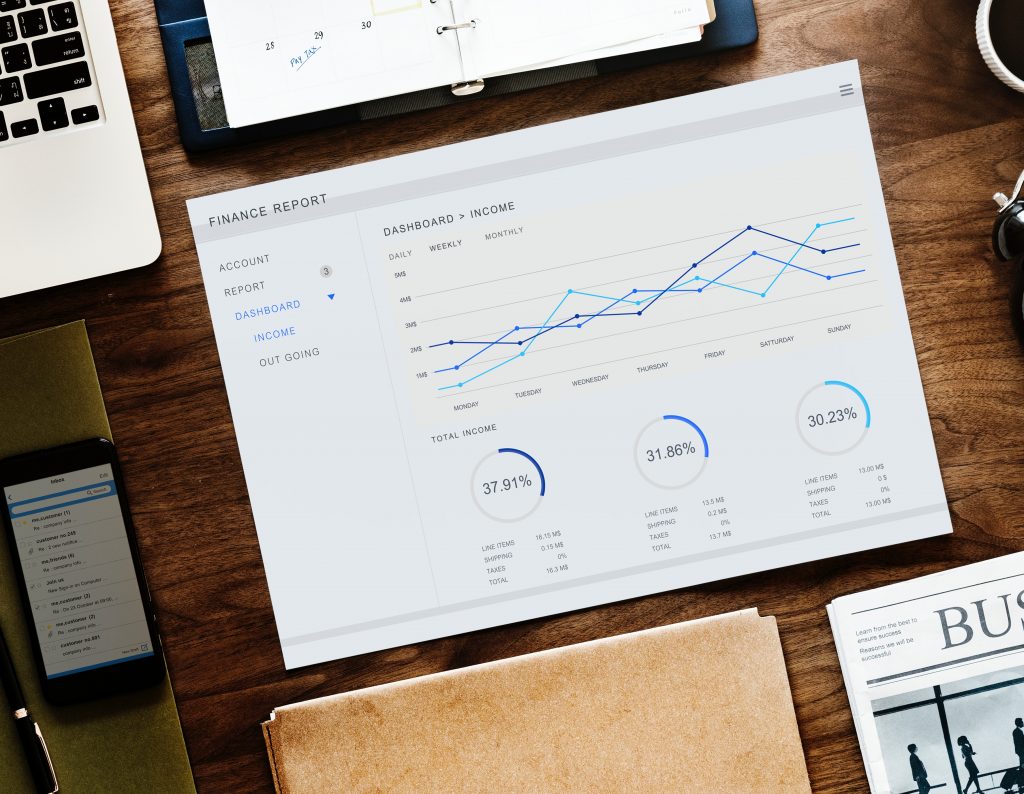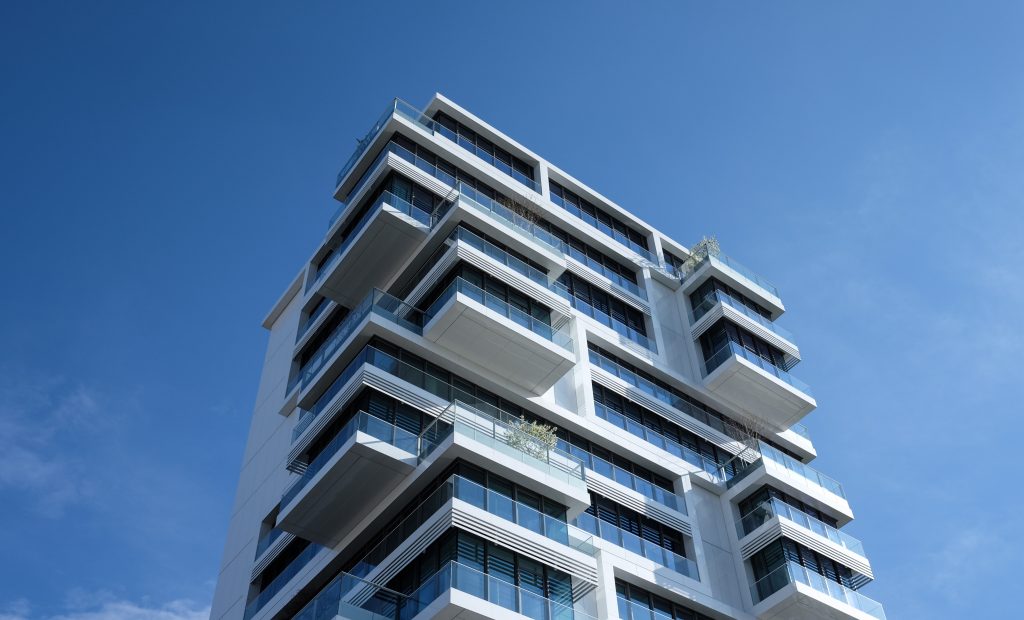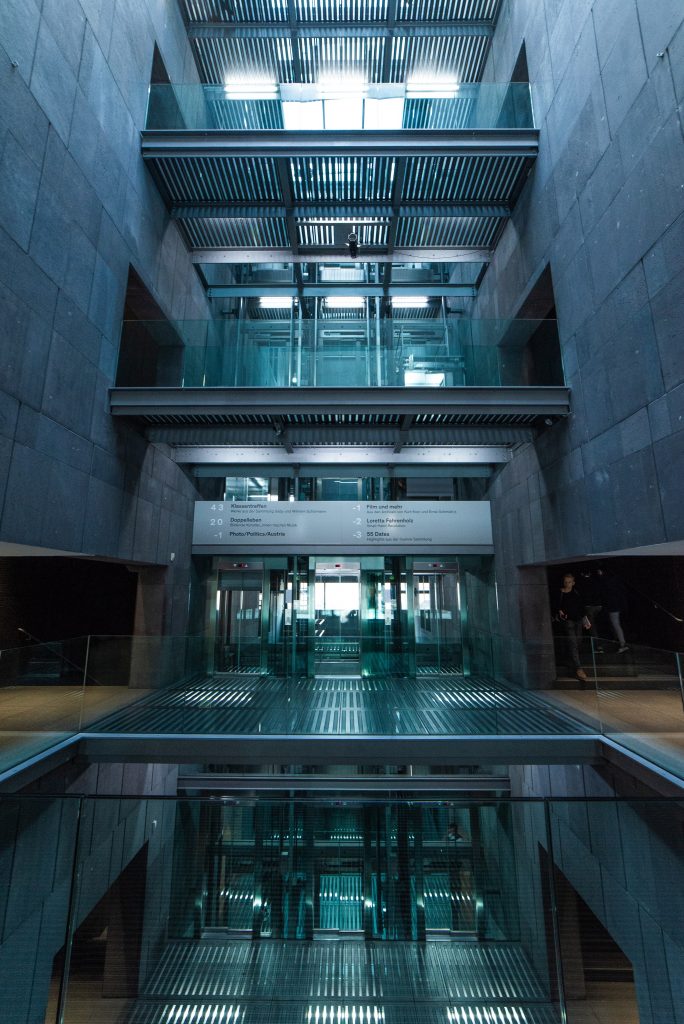Pt 1 – the administrative fund

All strata owners pay strata levies. From the smallest to the largest scheme, the nature of strata is that something is shared between more than one owner and as a result, those owners need to meet their apportioned (unit entitlement or otherwise) share of costs.
The statute in NSW gives that each and every year, levies need to be established for the coming financial year ahead. See Part 5, Division 1 and 2 of the SSMA.
In NSW there are both administrative fund (operating fund – S73) and capital works fund (capital expenditure – S74).
The administrative fund should be budgeted to run to a small surplus or net nil each year; basically, the incomings should match the outgoings, give or take any accrual or deficit from the prior year. It’s not uncommon for an administrative fund to be in deficit at certain times of the year due to the fact that levies and expenses are not all straight-line – i.e. you collect levies over 4 quarters, many expenses you pay monthly, quarterly or annually (notably insurance); that said come the end of the year any deficit must be made up by way of normal levies or a special levy.
So often people either don’t understand or take the time to understand where their levies are going or may even be of the mind that their strata manager and service providers are conspiring to rip them off. In an effort to try and provide readers transparency around their strata fees (including that of the strata managing agent), I have sought to go into detail and provide you a fairly exhaustive list in the main types of expenditure (and possible costs – noting these figures are incredibly general) you’re likely to encounter with a strata plan (the definitions remain the same for community, neighbourhood and Building Management Committee) .
I also note that brand new schemes are rarely exposed to full maintenance costs in the first year of operation. As a result, the initial levies will often be under-quoted in an effort to assist off-plan sales. I am an advocate for realistic levies from day dot – if money is collected in the first year and not spent, fantastic. It can be very hard to convey the need to raise levies to a group of owners at the best of times, and you don’t need to be doing so off an unrealistic budget in the first place.
Note – I have gone into detail on the costs where they are routine. The information provided is very general and should only be applied to your own costs in a rudimentary way – seek professional advice!
Figures current as at May 2019.

Administrative
Administration Costs
Strata Management (base management fee) – $250-$400 per lot, per annum depending on the size and complexity of the scheme and the calibre of the management company and manager (you get what you pay for). These are base administration costs and would generally cover secretarial (inbound and outbound correspondence), record keeping, basic/routine financial/accounting costs, arranging meetings, compliance, etc (disbursements and time charges may attach to these functions).
Strata Management (additional fees) – The base management fee includes a number of items (referred to under schedule A of the NSW Strata Communities Association agreement), however there are a number of matters outside of the agreed fee which managers would generally charge for on an hourly basis (often referred to as “Schedule B fee”, including meeting attendance, work involved in disputes/defects/legal matters, repair and maintenance involvement (minor/major works), project management, fire and life safety works, tendering contracts and works, etc). Additional fees will depend on the amount of work at a building each year that attracts these fees, noting that when a building utilises professional services, they are paying for a professional’s time and unless some sort of all-inclusive arrangement has been negotiated upfront, a scheme will likely encounter these fees.
Taxation – every strata scheme must submit a tax return each year – $200-$300 per annum. If registered for GST ($150K+ revenue), a scheme must submit quarterly BAS statements. This may be done by the strata manager or by an external accountant. Suggest a budget of $300-$400 per quarter.
Legal Costs – Strata schemes are bound by a raft of legislation and it’s common that legal advice is sought and that lawyers are asked to prepare by-laws for a building. Budget anywhere between $500-$5k per annum depending on the size and nature of the scheme.
Defects advice and litigation is a different matter and I will not go into the costs of running claims against a builder/developer (expert and legal fees).
Disbursements – Disbursements generally are the agents, building managers or Strata Committee recouping their costs of printing, postage, record storage, software computer, phone, etc. Whilst in some cases these costs may seem vast (particularly at a large scheme), that is due to the fact that all owners must be sent levies and meeting notices/minutes/papers and commonly they will prefer a hard copy via mail or simply neglect to provide an email address for electronic correspondence. Budget up to $100 per lot per annum.
Software – Many schemes will utilise some sort of software in the management of the scheme, which may be controlled by the strata manager, the building manager or the committee. The software may be purchased outright (such as access control software allowing the programming of swipes onsite), or it may be a paid for by a subscription.
Building management software, such as BuildingLink is commonplace now and greatly assists in the management of a scheme when used effectively. BuildingLink is particularly good as it’s not proprietary to the building manager.
Insurance – Under S160 of the Act, an owners corporation is required to insure the building. This cost of insurance depends on value and risk factors. A scheme should obtain a valuation often and use the services of a broker. Insurance, depending on the risk may cost between $400 and $2K per lot and can fluctuate wildly year-on-year due to the wider market, government taxes, building materials/defects (e.g. cladding) and claims history.
Owners and occupants are advised that they should also take out contents or landlords policy.
Schemes should always outsource their claims and renewal to an insurance broker.
It is further noted that strata managers may receive an insurance commission, which leads to lower management fees and largely pays for their involvement in the claims and renewal process.
Strata Commissions update by Paul Keating of Strata Community Insurance

Facilities Services
Building Management (S66 SSMA) -Whilst a building manager (sometimes referred to as a caretaker, however, this is fairly dated terminology and a caretaker might otherwise be a glorified cleaner or a party under a caretaking contract) is not required by the Act, many large/premium schemes will have a full time manager and it is the case now that many smaller schemes (as small as 20 lots) will have a building manager in a part-time capacity.
The point of a building manager is having regular onsite inspections and professional contractor management. Your strata manager is generally not well equipped or cost-effective to conduct onsite inspections and whilst we manage contractors, it is done at a reporting and arms-length basis. The need for building management hours will depend on a number of factors, including the size of scheme, common facilities, hours and involvement of other service providers, rectification works, etc.
You should expect to pay around $145K incl GST for a professional (and there’s a gulf between professional operators and those that are not) full-time building manager and then as little as about $10-15K per annum for a manager than conducts routine inspections and manages their role offsite.
Many people have a view that the manager needs to be onsite for “x” hours per week. Good managers (especially part-time ones with only so many hours in their contract each week) should not need to be – their importance is attending quickly to issues as they arise, inspecting all common property regularly, overseeing contractors and proofing their payments and reporting regularly to the strata manager/committee. The use of technology and using the internet to enable remote management is key. Building managers should not be confused for concierge or security services.
Security / Concierge – Expect to pay around $40 per hour for security or concierge services. Remote patrols can be a cost-effective way of providing guards at larger sites.
Cleaning – Quality cleaning is vital – first impressions are everything at a building or community. Cleaning costs increase based on the size/complexity of the scheme (i.e. the number of corridors), rubbish disposal requirements and common facilities. A cleaner might only be required 1-2 x per week for an hour or a building/community might have multiple cleaners 7 days per week.
Cleaning costs often vary depending on how little the cleaner is being paid, unfortunately.
The real cost of employing a cleaner including profit and on-costs is c. $40-$50 per hour incl GST. A building should ensure that their cleaner is being paid according to the award. Unfortunately, many cleaners are the working poor, due to sub-contracting arrangements that can see them being paid as little as $15 per hour.
Gardening/Landscaping – Expect to pay $50 approx. per hour for landscaping/gardening/lawns. Like cleaning, landscaping is first impressions and should be done professionally.

Fire
Fire Maintenance – This is a major cost at many schemes, often for good reason. The majority of (managed) schemes (as the owner of the land) are required to submit an Annual Fire Safety Statement (AFSS) to both Council and the Fire Brigade. The AFSS lists the fire measures applicable to a building, including any alternative solutions and gives proof that they have been assessed as compliant or otherwise. Basically – a building will have fire measures, such as fire doors, sprinklers, diesel pumps, emergency lights, alarms, etc and these need to be tested as working.
The amount of fire equipment that needs to be assessed at a building can be vast, and when it’s expired or defective it needs to be fixed (which might be costs borne by the admin or capital fund).
Annual maintenance (testing) alone, can range from $500-$20K+, depending on what equipment is onsite and how often it must be tested.
Fire monitoring – Expect to pay c. $1500-$2K for the fire panel to be monitored (and there’s only so many companies that do this – Romteck being my preferred). These are generally now on a sim solution, so there’s no need for a separate telephone line cost.
Fire (AFSS Submission) – Cost of the agent submitting the AFSS. Up to around $300.

Lifts
Lift Maintenance – $4K-$10K per lift per annum, depending on the age of the lift, service history, number of levels serviced, inclusions in the contract, etc.
Often these contracts will continue to rollover and not be at ‘market rates’ as they haven’t been tested.
Given the amount of money involved in maintenance and the fact that lifts are vital equipment – I always suggest the involvement of lift consultants such as JCA and Equity Elevator Consultants to run a lift tender and provide an independent condition report on the lifts.
Lift Telephones -Lifts are required to have a telephone in them, which is connected to the monitoring centre for the lift company. These used to be fixed lines which costs c. $40 per lift per month, but are now generally a sim solution (due to the NBN), and could be up to $60 per month per lift (but you can generally reduce this – speak with a consultant such as those noted above).

Maintenance Items
Air-conditioning – Generally, split-system air-conditioning will be exclusive-use of the owner of the property. If there is a cooling tower or VRV system, this would generally mean some maintenance/electricity cost is borne by the owners corporation and some by the owner.
A cooling tower might cost $10K pa to maintain.
Pumps/Irrigation/On-site detention – I have placed these items together as they are all to do with reticulation and can often be serviced by the same contractor. Pumps are common and often they are not adequately maintained, which can be catastrophic. Hot water pumps, cold water pumps, irrigation pumps, storm-water pumps, etc.
Maintenance costs may range from $1K – $10K per annum depending on what equipment is onsite.
Access Control/Intercom – These panels are generally not expensive to maintain and might be checked each year by a security contractor. c. $500-$2K per annum; depending on how many panels. The real costs associated with this system come from capital replacement (handsets in all apartments) and the panels themselves.
CCTV – As per access control/intercom – not expensive to maintain once installed but will need to be replaced in time. These systems are now very cheap thanks to an influx of cheap but great Chinese product.
Contingency – Important on new buildings, as you can never be sure what might come up, which would constitute a running/admin cost and not a capital cost but is once-off.
Electrical – When buildings were less complex, it was pretty much fire, cleaning, electrical, gardening and lifts – now look at the list! In the administrative fund, these costs would be minor electrical repairs to equipment.
Electrical Lamps and Tubes – The bigger the building, the more lamps, and tubes that might need replacement. Thankfully, with LED technology, replacement is at longer junctures than what it once was. These are consumables, rather than capital costs.
Exhaust/Ventilation – Many buildings will have carpark ventilation and bathroom ventilation – the fans and CO system must be serviced. This might be as little as $1K annually or up to $15K annually in more complex buildings.
Garage Doors – Like lifts, a vital piece of machinery in a building given when it’s not operating you might not be able to leave the carpark or the door might be stuck open, creating security issues. Garage doors should be on the preventative maintenance schedule. Generally, this maintenance is quarterly and at its most basic would be about $200 per door per visit, not including any parts.
Garbage Compactor – If you have a garbage compactor onsite as part of your rubbish system, you want to ensure that it’s operating properly. Compactor servicing is around $2K per annum per compactor, depending on the manufacturer and the size/operation of the compactor.
Gym Equipment – Gym equipment is relatively inexpensive to service, perhaps $1K per annum for most small gyms you would find in a strata scheme. It is important to have equipment checked and serviced routinely, given that it can be a hazardous.

Hot Water equipment – If there is a centralised hot water system on site (generally this will be made up of electric or gas boilers and storage units), this will need to be maintained quarterly. Maintenance anywhere from $1K-$5K, depending on the type of system.
Locks/Keys – This is generally a repair budget for locks and also the purchase of keys by the owners corporation. Cost should be minimal.
Pest/Vermin control – Pest/vermin control costs will depend on the type of building (size, location, is it mixed-use with restaurants, etc). A few pest treatments a year at a small scheme for cockroaches and rodents in common areas might cost $200 per service. Extensive pest control at larger schemes with a retail/restaurant component could be $5K+ pa.
Pool (servicing/chemicals) – An outdoor pool is less expensive to maintain than an indoor pool, however, I estimate that a pool costs not less than about $8K per annum in servicing and chemicals and $15K+ if it’s a large pool/indoors. This isn’t factoring in gas/electricity usage or any repairs.
Plumbing and drainage – Plumbing and drainage costs are akin to electrical and will be minor repairs. This could be anywhere from $500 per annum to $10k+ per annum at larger schemes (it’s worth checking any larger costs allocated here that they are not better in the capital works fund).
Window/Facade Cleaning – Inaccessible windows and balcony glass/louvers at schemes should be cleaned on a routine basis. This may be quarterly, bi-annually or annually. Anchor points will also need to be certified. The cost will depend on the difficulty of the access and the number of elevations needing to be cleaned. The location of the building is also a factor – coastal buildings affected by salt should be cleaned more often. Costs may be less than $1K if the work can be done from the ground once annually, or $20K+ if it’s cleaning a full glass facade multiple times, annually from a BMU or rope access.

Utilities
Electricity – Electricity consumption in the common property may be a large ticket item if a building is large or inefficient. Fans and lighting generate a lot of electricity use.
It’s hard to give an estimate for use at a scheme, all I can suggest is constantly reviewing usage and whether there are measures that can be taken to reduce it (or generate your own with solar panels). I have worked with Ethan Burns at Sustainability Now extensively over the years and can’t recommend anyone more highly for an energy audit and with help implementing energy-saving initiatives.
Wattblock are also excellent for energy and water ratings/initiatives.
Like at your property, you should ensure that the common property is getting the best available rate in the market for electricity (on contract or otherwise). Either of the companies above can assist with this.
Water – Water usage for the whole building at older schemes in Sydney is generally borne by the owners corporation, whereas new schemes must have individual metering. Water usage costs can be huge at a building, particularly where there is landscaping, unknown leaks, etc. Water usage should be tracked as best as possible. As a rule of thumb, where water is not individually metered I used to budget $300-$500 per lot per annum into the budget.
Under Hunter Water, the situation is different. Whilst many schemes are built with sub-meters to apartments, Hunter Water will only read the single boundary meter – they then bill individual owners based on unit entitlement, meaning that the owners are paying a share of the common property bill and there’s no incentive for saving water on an individual basis. The individual meters can be read but paying a strata manager to do the billing outweighs any benefit of doing so.
In an ideal world all lots and the common property are individually (electronically) metered with the retailer and occupants can see their use in real time, and can be alerted when abnormal use is happening (which may indicate a leak).

Gas – Generally, there’s quite minimal common property gas use (unless there is a gas heated pool at the scheme or there’s a single gas meter for all lots at the scheme, which is the case for a building I am in in Pyrmont). Hot water is generally the only gas use otherwise, which in most cases is individually metered.
Rubbish Removal – Sometimes, a building will not have an agreement with council for waste pick-up and they thus need to have their own waste pick-ups. This is very expensive (hundreds, perhaps thousands per month) and owners of the building should be receiving a reduction in their rates to account for this.
It’s generally the case that cleaners will have a role in bin movement to/from the place that council collects the bins or Council will drive into an agreed area at the scheme to collect the bins.
New schemes will often have a build-up of packing waste that will need to be removed, so we will budget a few thousand dollars for this to take place.
Waste is one of the least appealing but most vital services at a building and should be looked at in depth by developers to ensure that the planned waste storage/removal method will not affect the building and residents negatively.